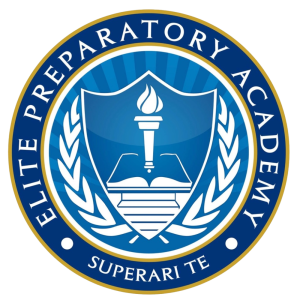Unit 1: Kinematics
Section outline
-
Developing Understanding of Motion
The world consists of countless objects, each in a continual state of motion. For students to grasp how these objects relate to one another, a solid understanding of movement is essential. Unit 1 lays the groundwork for AP Physics C: Mechanics by introducing the core concepts of motion, particularly acceleration, and by demonstrating how various representations can be used to model and analyze the motion of objects.
Building Science Practices
• Multiple Representations: Unit 1 emphasizes the importance of depicting motion—whether constant velocity or constant acceleration—using words, graphs, and mathematical forms. Students will learn to approach motion from different frames of reference, practicing these representations regularly to clarify and analyze the movement of objects and systems.
• Dispelling Misconceptions: Through continual engagement with representations, students confront and overcome common misunderstandings, such as associating negative acceleration solely with an object slowing down.
• Mathematical Reasoning: Students are encouraged to think beyond simply evaluating equations. They will have repeated opportunities to use mathematical models to justify their reasoning and describe physical phenomena, strengthening their proficiency with these tools.Preparing for the AP Exam
Modeling and representation are central to success on the AP Physics C: Mechanics exam, especially in the Translation Between Representations (TBR) section of the free-response questions and in many multiple-choice questions. Physicists rely on representations and models—including sketches, graphs, equations, and verbal explanations—to demonstrate how objects and systems behave and to illustrate concepts. As students progress through the unit, they should be encouraged to select and apply the most suitable representations for any scenario based on the data provided.
-
1.1.A Describe a scalar or vector quantity using magnitude and direction, as appropriate.
-
1.2.A Describe a change in an object’s position.
1.2.B Describe the average velocity and acceleration of an object.
1.2.C Describe the instantaneous position, velocity, and acceleration of an object as a function of time.
-
1.3.A Describe the position, velocity, and acceleration of an object using representations of that object’s motion.
-
1.4.A Describe the reference frame of a given observer.
1.4.B Describe the motion of objects as measured by observers in different inertial reference frames.
-
1.5.A Describe the motion of an object moving in two or three dimensions.
-
